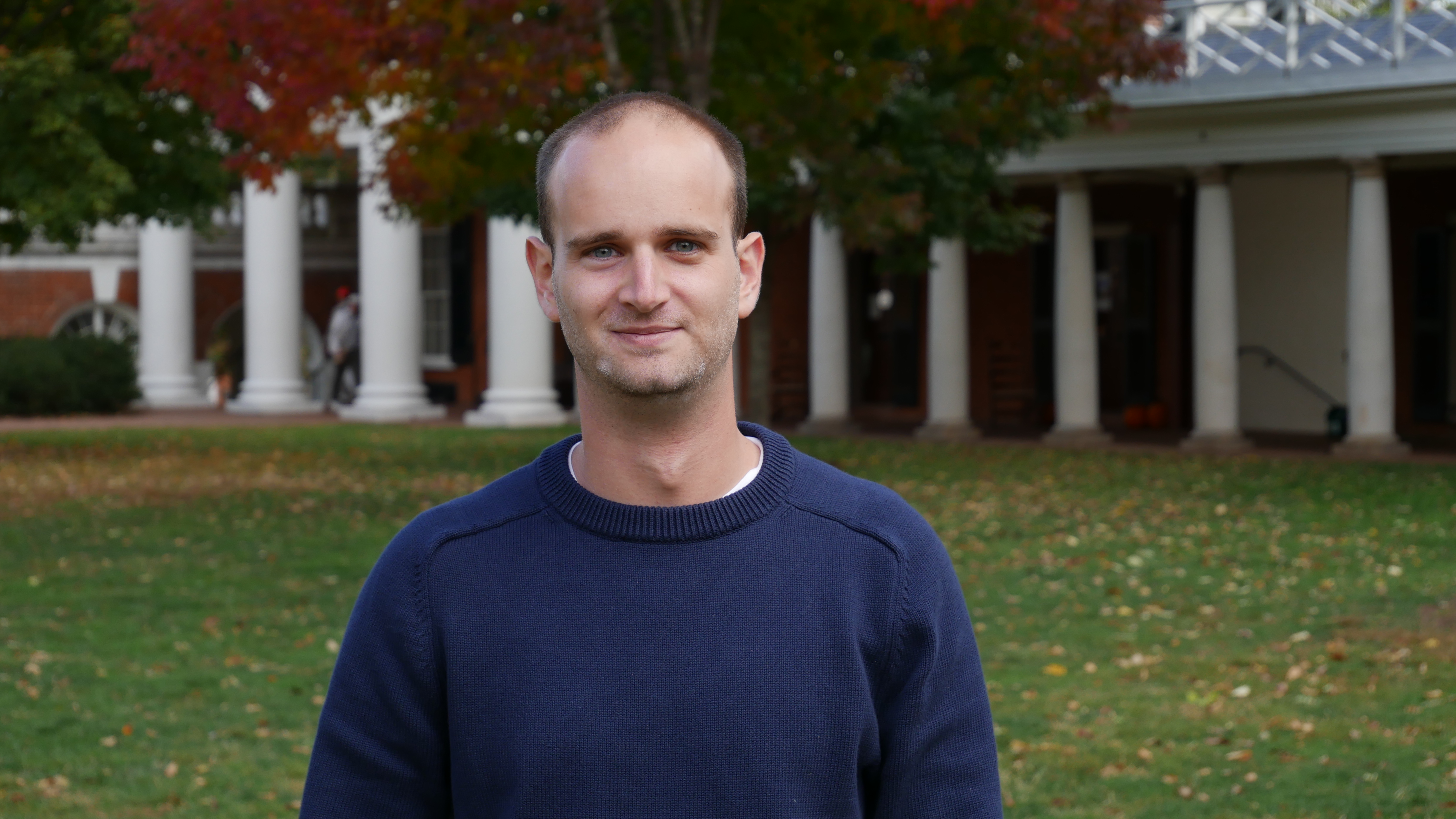
Sasha Ruby
I am a public economist interested in how government transfer program rules impact behavior and welfare.
I am on the job market in 2025-2026.
Housing choice vouchers are rationed through local Public Housing Authority (PHA) waiting lists. Limited funding forces PHAs to employ priority rules to determine which households receive a voucher. The voucher amount increases in household rent and decreases in household income such that the cost to the government of providing a voucher tends to be greater for households that benefit most from the voucher. This creates a fundamental trade-off. PHAs must choose between targeting high value but high cost households or targeting low cost but low value households. Using data from a randomized experiment, I quantify this trade-off and discuss the implications for the optimal choice of priority rule as a function of social welfare weights. I find that under a broad, common class of social welfare functions, priority rules that favor higher-value households deliver more welfare per dollar of government cost than priority rules that favor lower-cost households. The value-cost trade-off remains quantitatively similar even under counterfactual program changes that significantly increase program participation.
with Daniel Kwiatkowski
Is voluntary enrollment an effective strategy to limit Medicaid participation? This paper provides new evidence, using data from the Oregon Health Insurance Experiment, where Medicaid expansion was implemented through random assignment. We compare the average recipient value for Medicaid and average recipient cost to the government under voluntary enrollment to the average recipient value for Medicaid and average recipient cost to the government under automatic enrollment. We find that the average recipient under automatic enrollment not only benefits more from Medicaid but also imposes lower costs on the government. This result stems from the fact that Medicaid recipients under voluntary enrollment, despite having lower incomes, have greater access to alternative forms of health insurance, which diminishes their relative value for Medicaid.
with Diego Briones and Sarah Turner
Journal of Policy Analysis and Management, Vol. 43 (Fall), 1004-1033
For workers employed in the public and nonprofit sectors, the Public Service Loan Forgiveness (PSLF) program offers the potential for full forgiveness of federal student loans for those with 10 years of full-time work experience. A year-long waiver issued by the Department of Education in 2021 to address administrative problems in program access provided a new path to PSLF relief for many borrowers. We explore the overall impact and distributional implications of potential full participation in loan forgiveness enabled by the PSLF waiver program using the 2018 Survey of Income and Program Participation (SIPP). Our estimates identify more than $100 billion in loan forgiveness available to as many as 3.45 million borrowers through the PSLF waiver program. Potential beneficiaries of this initiative are disproportionately employed in occupations like teaching and health care. Full take-up of the PSLF waiver would lead to a narrowing of the racial gap in student debt burden. However, the distributional impact of the PSLF waiver depends critically on the take-up rate and there is some evidence that those borrowers with relatively high income or advanced degrees have been most likely to access benefits.